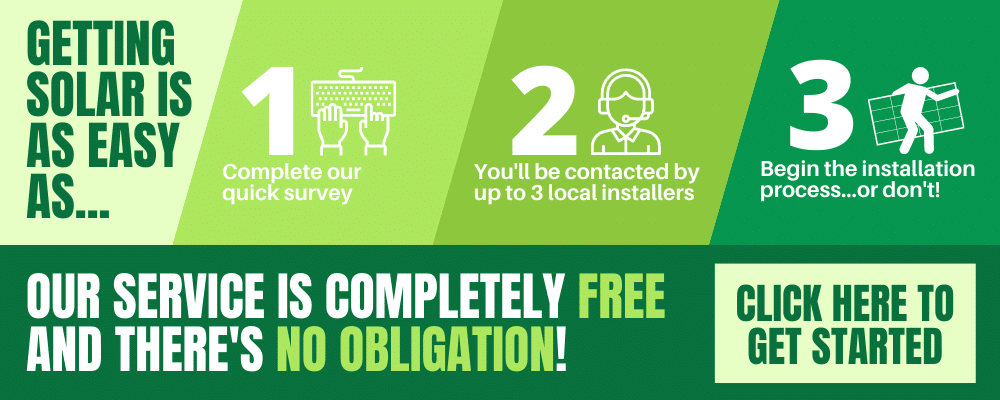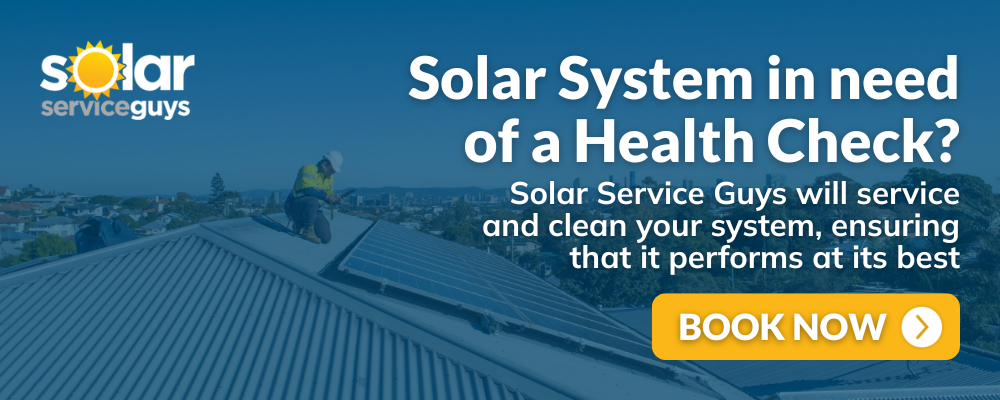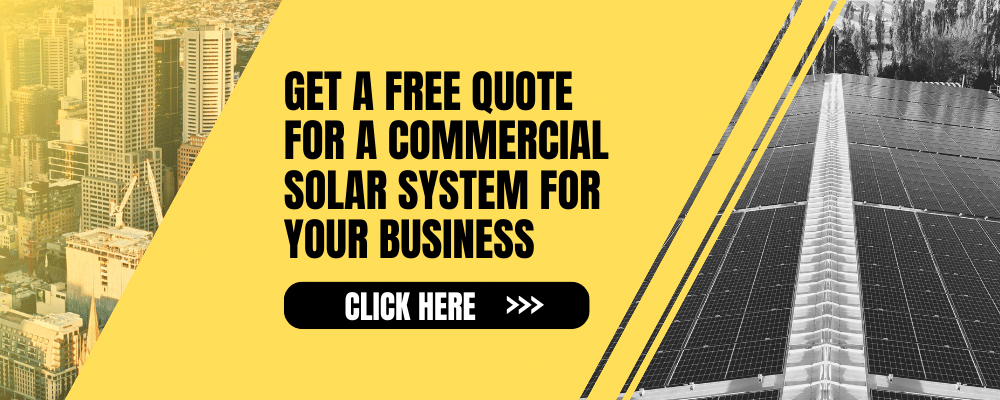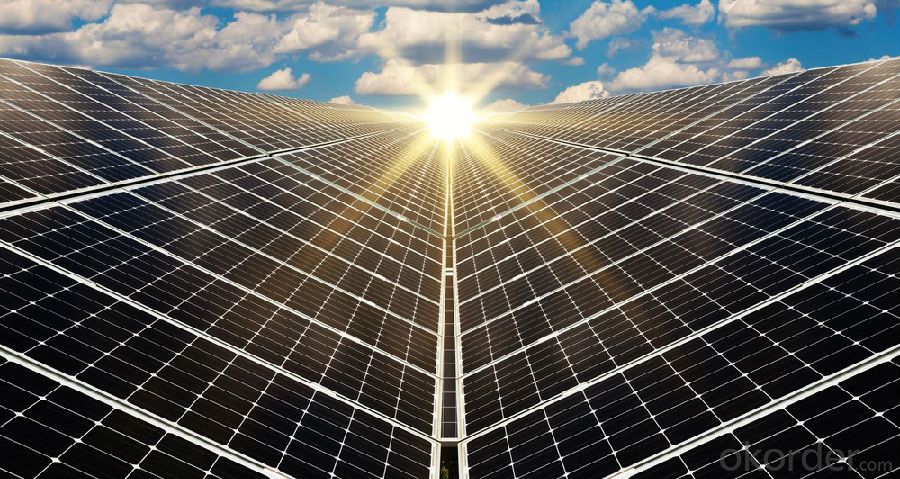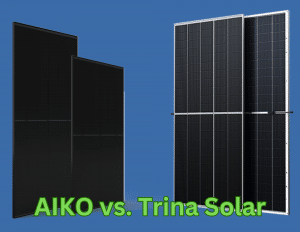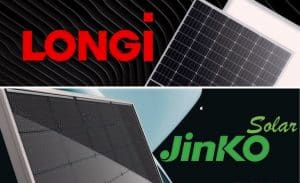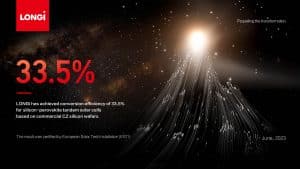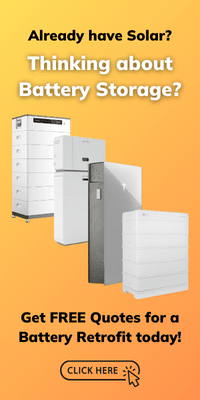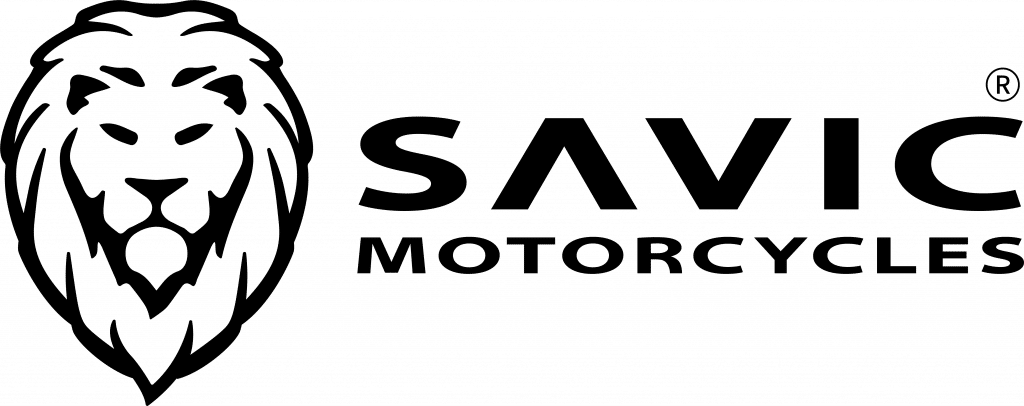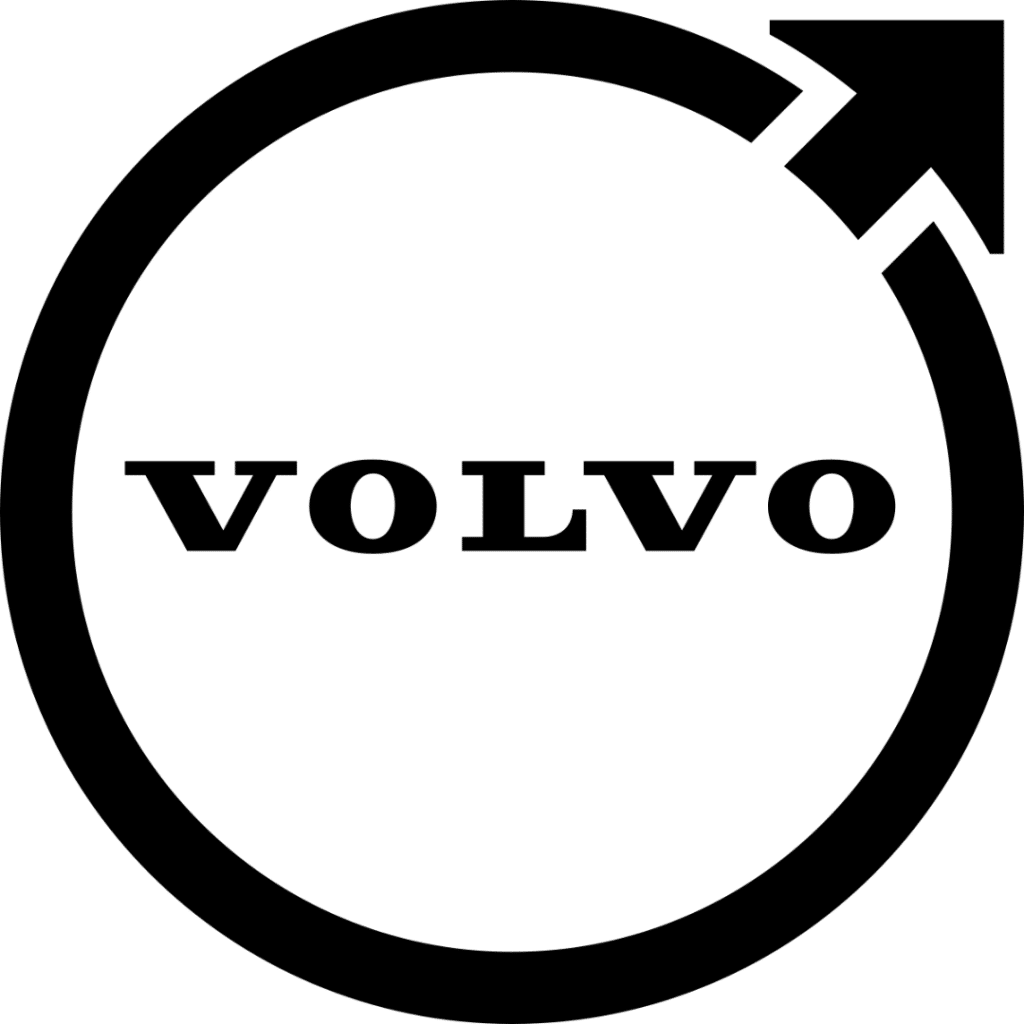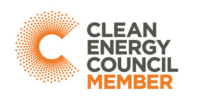Updated on 18 July 2025
So you’re looking for the most efficient solar panels in Australia and want an unbiased and professional review.
We can help. This guide explores the best solar panels 2025 has to offer, reviewing leading brands and providing a comprehensive comparison of solar panel brands to help you make an informed decision.
Energy Matters is here to provide you with comprehensive information about solar panels, including the criteria for choosing them, and a list of some of the best solar panels in Australia.
Whether it is to upgrade or buy a new model, we’ve listed all the information you need to make an informed decision for your home or business.
On this page
Top 5 best solar panels 2025 selection
- SunPower: Renowned for industry-leading efficiency, exceptional durability, and comprehensive 40-year warranties.
- REC Solar: Features innovative HJT cell technology, robust lead-free designs, and strong performance in diverse conditions.
- AIKO Solar: Boasts groundbreaking All-Back Contact (ABC) technology for superior efficiency, enhanced aesthetics, and excellent shading performance.
- Jinko Solar: A global leader consistently delivering high-power N-type TOPCon modules with strong efficiency and market presence.
- LONGi Solar: Pioneers in advanced mono-silicon and Back-Contact (BC) cell technology, setting new records for module efficiency and driving industry innovation.
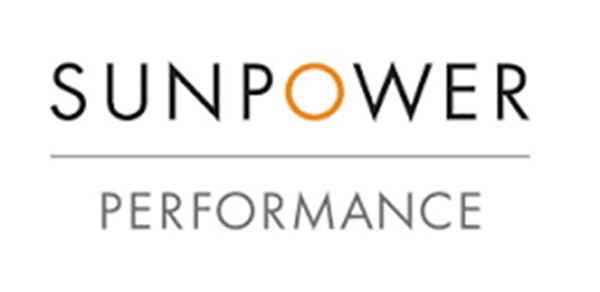
Solar Panel Efficiency: Up to 22.8%
Product Warranty: 40 years
Performance Warranty: 30 years
What makes it best:
✓ Excellent performance in challenging conditions: Designed to excel in high temperatures and partial shading, common in Australia’s diverse climate.
✓ Unrivalled durability: Built with a solid copper foundation and advanced cell technology (Maxeon) for exceptional resilience against cracks, corrosion, and extreme weather.
✓ Industry-best warranties: Offers peace of mind with 40-year coverage on Maxeon panels, significantly surpassing industry standards.
✓ Integrated solutions: Offers fully integrated systems like the Equinox, simplifying installation and optimising performance.
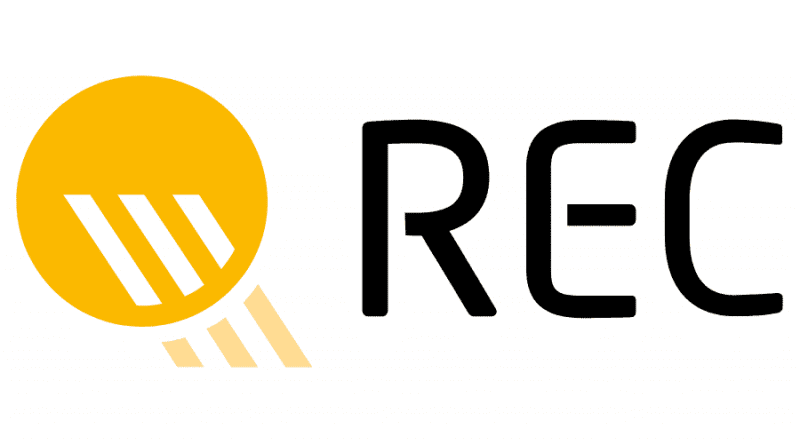
Solar Panel Efficiency: Up to 22.6%
Warranty: 25 years
Performance Warranty: Min 92.0% after 25 years
What makes it best:
✓ Pioneering Heterojunction (HJT) cell technology: REC is a leader in HJT, combining crystalline and thin-film silicon for superior energy conversion, especially in varied light conditions and higher temperatures.
✓ Outstanding degradation rates: Many REC Alpha panels boast very low degradation rates (e.g., 0.25% per year after the first year), ensuring high power output for decades.
✓ Lead-Free Construction (Alpha Pure Series): REC’s commitment to sustainability is evident in their Alpha Pure series, which is RoHS compliant and manufactured without lead in all components, setting a new standard for environmentally friendly solar.
✓ Innovative “Twin” panel design: REC’s award-winning “Twin” design and four-section layout optimise performance, particularly in shaded conditions, allowing the panel to continue producing energy even when partially obscured.

Solar Panel Efficiency: Up to 24.1%
Product Warranty: 25 years
Performance Warranty: 30 years
What makes it best:
✓ Market-leading efficiency: Achieved through proprietary N-type All Back Contact (ABC) cell design, maximising sunlight absorption.
✓ Sleek, all-black aesthetic: No visible grid lines on the front of the panel, offering a premium and minimalist look.
✓ Optimised for partial shading: Aiko claims better performance in shaded conditions due to cell-level optimisation, though real-world testing has shown this benefit to be more nuanced and pronounced in specific minor shading scenarios.
✓ Enhanced durability and microcrack resistance: The back-contact design provides increased structural support to the solar cell.
Best solar panels in Australia: A full review
By choosing the top solar panels in Australia, you will not only have a sustainable energy solution but also enjoy great value for your investment.
Below, you’ll find our list of the best solar panel brands in the country:
- SUNPOWER: SunPower, now under the Maxeon brand for its premium panels, consistently ranks among the top for efficiency and durability. Their Maxeon 6 panels are renowned for their exceptional performance, especially in high-heat conditions, and come with an industry-leading 40-year warranty (when installed by an authorised installer and registered). Their innovative design reduces common failure points, ensuring reliable performance.
- REC: REC has a strong reputation for producing high-quality, reliable panels, often regarded as the “gold standard” in the mid-to-premium segment. Their Alpha Pure-R series boasts impressive efficiency and a robust 25-year product and performance warranty, which is typically extended through their “ProTrust” package when installed by certified professionals. REC emphasises sustainable manufacturing practices.
- AIKO SOLAR: AIKO Solar is making waves with its innovative N-type ABC (All Back Contact) technology, achieving very high module efficiency (up to 24%+). Their panels offer superior performance in low-light and shaded conditions, along with excellent temperature coefficients. AIKO is a compelling choice for maximising energy harvest, especially with the upcoming battery rebates.
- JINKO SOLAR: JinkoSolar is a global powerhouse and a consistent Tier 1 performer, offering a wide range of panels. Their Tiger Neo series, utilising N-type TOPCon technology, delivers high efficiency and excellent performance in varied conditions. JinkoSolar panels are praised for their cost-effectiveness and durability.
- LONGi SOLAR: LONGi is a dominant force in monocrystalline solar panel production, offering highly efficient and cost-effective solutions. Their Hi-MO series, particularly the Hi-MO X6 Max, delivers impressive efficiency and power output. LONGi panels are known for their reliability and good value for money, with a local presence in Australia.
- TRINA SOLAR: Trina Solar is a leading global manufacturer that offers a compelling mix of performance, quality, and affordability. Their Vertex S+ series features advanced cell technology, ensuring high power output and dependability. Trina Solar panels come with competitive product and performance warranties, making them a popular choice.
- CANADIAN SOLAR: Canadian Solar is a highly reputable Tier 1 manufacturer known for its robust and reliable panels. Their 440W panels, incorporating TOPCon N-type technology, offer strong efficiency and excellent performance in Australian conditions, including resistance to harsh weather conditions. They offer a substantial 30-year linear power performance warranty.
- Q CELLS: A prominent German brand, Q CELLS is known for its strong performance in real-world conditions, especially in partial shade, due to its Q.ANTUM DUO technology. Their Q.PEAK DUO XL series offers excellent value and reliability, backed by solid warranties. Q CELLS maintains a strong presence and support network in Australia.
- SERAPHIM: Seraphim is rapidly gaining recognition for its high-performing and affordable panels. Their Blade series, featuring half-cut cell technology, helps reduce internal power loss and improve overall system performance. Seraphim panels come with competitive warranties and are well-regarded for their reliability in Australian climates.
Below is a table comparing the abovementioned best solar panel brands in terms of their pricing, panel efficiency, product warranty, performance warranty, manufacturer’s financial health, and availability of support offices in Australia:
What are the best brands of solar panels in Australia?
| Brand | Pricing | Solar Panel Efficiency | Product Warranty (Years) * | Performance Warranty (Years) * | Manufacturer’s Financial Health | Support Office in Australia |
|---|---|---|---|---|---|---|
| SunPower | Medium to Very High | 22.8% | 40 | 30 | Founded in 1985 Bloomberg Tier 1 | |
| REC | Medium to High | Up to 22.6% | 12 to 25 | Min 92.0% after 25 years | Founded in 1996 Bloomberg Tier 1 | |
| AIKO Solar | Medium to High | Up to 24.1% | 25 | 30 | Founded 2009 Bloomberg Tier 1 | |
| JinkoSolar | Low to Medium | Up to 22.5% | 12 to 25 | Min 84.8% after 25 years | Founded in 2006 Bloomberg Tier 1 | |
| Jinko Solar | Low to Medium | Up to 22.5% | 12 to 25 | Min 84.8% after 25 years | Founded in 2006 Bloomberg Tier 1 | |
| LONGi Solar | Low to Medium | Up to 22.6% | 12 to 25 | 30 year | Founded in 2000 Bloomberg Tier 1 | |
| Q Cells | Medium | Up to 21.8% | 12 to 25 | Min 86.0% after 25 years | Founded in 1999 Bloomberg Tier 1 | |
| * Warranty coverage for solar panels may differ based on the specific model, location, and country. Performance warranty figures reflect the best-performing panels offered by the manufacturer with the least degradation. Please consult the manufacturer’s warranty terms for your region. | ||||||
Australian-made solar panels
Tindo Solar, Australia’s sole manufacturer of solar panels, has been operating from its facility in Adelaide, South Australia, since 2011. With its commitment to sustainability and innovation, the company specialises in the production of high-quality solar panels, designed to have a 30-year lifespan and tailored for the Australian market with an emphasis on durability, efficiency, and performance under the Australian climate.
Types of solar panels
It is essential to understand the different solar panel types and choose the right one for your specific situation. This way, you can maximise your solar energy production, meet your electricity needs, and get the best value for your money.
These are the three main types of solar panels:
- Monocrystalline panels: Monocrystalline solar panels are popular due to their superior efficiency and longevity. Made from single-crystal silicon, they offer the highest efficiency rates of approximately 20% at a premium price. This makes them ideal for scenarios where space is limited or where the goal is to maximise energy production.
- Polycrystalline panels: Comprising multiple silicon crystals, polycrystalline solar panels present a modest efficiency range of 16 to 18%. The advantage of these solar panels lies in their cost-effectiveness, serving as a balanced option for residential setups where space is more plentiful.
- Thin-film panels: Characterised by their flexibility and lower efficiency of around 10-12%, these solar panels are adaptable to a variety of surfaces where traditional panels might not be suitable. While they are the least expensive, they typically require a larger installation area due to their lower efficiency metrics.
How much do solar panels cost
The price range for solar panels in Australia in 2024 is quite broad, influenced by factors like system size, component quality, and installation specifics. A standard 6kW residential solar system is priced between $4,000 and $6,000, while the cost of a 10kW setup varies from $7,500 to $10,500.
Opting for a premium solar panel system, which includes higher-quality solar panels, may cost you an additional 20 to 30%. For instance, premium packages for a 3kW to 10kW set up in cities like Adelaide and Brisbane can range from $4,670 up to $11,540.
Commercial solar installations follow a similar pricing trend, where larger systems tend to offer more value per kW installed. An average 10kW commercial system might hover around $10,050, with slight variations depending on the location.
For example, such solar power systems might cost around $9,370 in Adelaide and about $9,440 in Perth.
These figures include the goods and services tax (GST) and the Renewable Energy Target’s upfront incentive known as the small-scale technology certificate (STC) discount.
The overall investment can also be affected by several factors, including the choice of solar panels and inverters, the installation complexity, the property location, and the impact of exchange rates, given that the majority of solar modules are imported.
It’s also worth noting the impact of solar rebates, which can significantly reduce the initial outlay. The rebate value varies by solar panel system size and geographical zone, with a 5kW system rebate ranging from approximately $1,611 to $2,201, depending on your zone.
Criteria for choosing the best solar panels in Australia
Now that we have discussed the best solar panel brands, the different types of solar panels, as well as the price range of solar panel systems, we will also explore the factors you need to consider to make sure you’re selecting the right solar panels for your home or business:
Solar efficiency
The efficiency of solar panels indicates how effectively they can convert sunlight into usable electricity. Higher-efficiency panels generate more electricity per square metre of surface area, making them particularly valuable in situations where space is limited or the highest possible power output is desired. Opting for high-efficiency solar panels ensures you can generate the maximum possible electricity, thereby achieving better value for your investment while contributing to sustainability goals.
Performance in extreme heat
A solar panel’s temperature coefficient indicates how much its output is reduced when the temperature rises or falls above or below the optimal range. A lower temperature coefficient is better, as it means the panel’s performance is less affected by high temperatures, maintaining better performance on hot days – this is particularly relevant in Australia’s often hot climate, especially in the northern and central regions.
Panel size and power output
Panel size and power output directly impact the efficiency and effectiveness of a solar system. Measured in watts, power output indicates how much electricity solar panels can produce under optimal conditions. Larger panels typically have a higher solar power output, which can generate more electricity and potentially cover a larger portion of a household’s or business’s solar energy needs. They might also reduce installation costs by requiring fewer solar panels to achieve the desired system size. However, the available roof space and aesthetic preferences may influence the choice of panel size. It is important to balance these considerations with budget constraints and specific energy requirements to select the most suitable solar panels for your needs.
Degradation rate
The degradation rate is a statistic indicated in the solar panel datasheets’ performance warranty section. Solar panel manufacturers use it to calculate and specify the performance warranties, which typically guarantee that the panels will not degrade faster than a certain rate, ensuring they will retain a significant percentage of their solar panel efficiency over the warranty period. For example, a common performance warranty might guarantee that the solar panels will produce at least 80% to 90% of their original solar power output after 25 years. Understanding the degradation rate and how it affects the performance warranty helps you compare the long-term value and reliability of different solar panel brands and models. Panels with lower degradation rates and more favourable performance warranties are generally seen as higher quality and potentially offer a better return on investment.
Quality and reliability
The manufacturing quality of solar panels, which includes their physical durability and resilience to weather conditions, ensures long-term reliability and performance under various environmental conditions. Solar panels should also meet Australian and international standards for quality and safety. Certifications can indicate that panels have been tested and meet specific performance and reliability criteria.
Manufacturer's reputation
The Bloomberg Tier 1 rating is an assessment of a solar panel manufacturer’s financial health and bankability. It indicates the manufacturer’s ability to honour warranties over the long term, which is especially significant since solar panel warranties can extend up to 25 years. Given the substantial investment in solar technology and the expectation of its performance over decades, choosing solar panels from a financially stable and reputable solar panel manufacturer ensures that you, the consumers, are protected against potential future issues, such as product failures or warranty claims. This approach mitigates the risk of investing in solar panels from a company that might not be operational in the future to support its products.
Warranty
A strong warranty from a reputable manufacturer can serve as an indicator of solar panels’ quality. In Australia, the duration of a solar panel product warranty (also known as a manufacturer’s warranty) typically ranges from 10 to 15 years, with some manufacturers offering extended warranties up to 25 years. As for solar panel performance guarantees, premium solar panels offer a 90% or higher performance warranty after 25 years, compared to the industry average minimum of 80%.
However, the real value of these warranties depends on the manufacturer’s financial stability and long-term presence in the market – this emphasises the importance of the previous point, which is choosing solar panels from reputable, financially stable companies who are likely to honour their warranty commitments over the long term. Also, make sure that the solar panel manufacturers you’re considering have an office and representatives in Australia.
This often indicates their dedication to the Australian market; if they do not maintain an office in Australia, warranty claims will be far more challenging.
A robust warranty is a strong indicator of a solar panel’s quality and the manufacturer’s confidence in their product. Most reputable brands offer a product warranty (covering manufacturing defects) and a linear performance warranty (guaranteeing a minimum power output over time). Many premium panels now come with warranties that cover both product and performance for 25 to 30 years. Some brands, particularly for systems installed by certified professionals, even include labour warranties.
After-sales support
Through reviews and testimonials, gauge customer satisfaction with solar panel companies’ after-sales service, ensuring they provide reliable assistance. Assess how quickly and effectively they respond to enquiries and resolve issues. Also, verify that their technicians have the certification and expertise to diagnose and troubleshoot issues with solar panels. Furthermore, check if they provide easy access through multiple communication channels, such as phone, email, and live chat.
Cost vs value
To select the best solar panels at a reasonable cost, it’s crucial to weigh the balance between upfront investment and long-term benefits. While more expensive, as mentioned earlier, high-efficiency solar panels can generate more solar electricity per square metre of roof space – this makes them a wise economic choice for homes and businesses aiming to maximise their space’s power generation potential. In addition, although the initial cost of solar panels with high-efficiency panels is higher, evaluating the difference in power-generating output over a 25-year timeframe is essential. The potential for additional solar power capacity may justify the extra upfront cost of solar panels, offering a better return on your investment in the long term.
Final thoughts: Choose the best solar panels 2025 for your needs
There’s no one-size-fits-all solution when it comes to solar. Your choice depends on your budget, location, roof space, and energy goals. This solar panel brand comparison of the best solar panels 2025 is designed to simplify your decision-making process.
At Energy Matters, we connect you with trusted solar installers and top-tier products tailored for Australian conditions. Start your solar journey today—get your free quotes and solar expert advice now!








